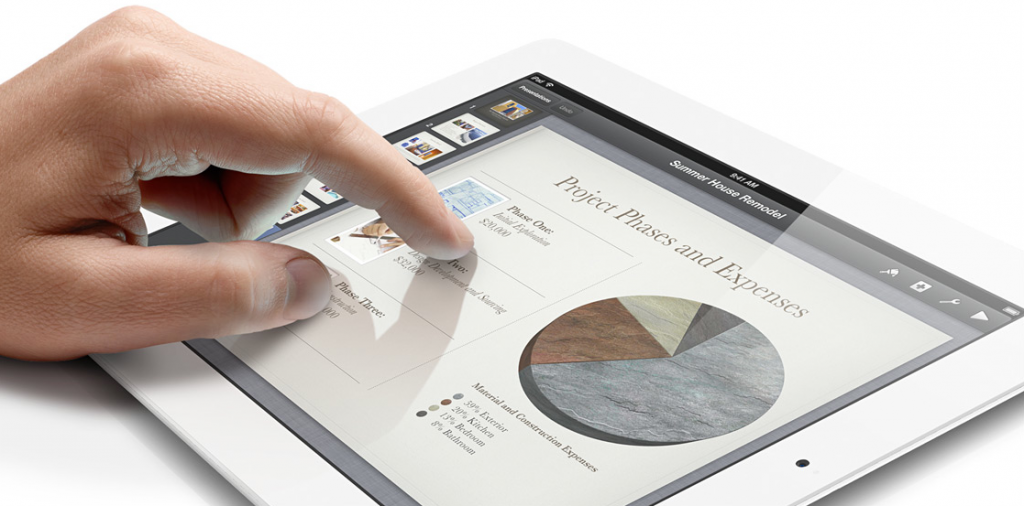The AIDA Model (cont.): From Interest to Desire
by douglasmackellar
This post is a continuation of one previously written on the subject of the AIDA model, specifically awareness and can be found here. As mentioned in my previous post the AIDA model comprises of four stages, Awareness, Interest, Desire and Action, for which marketers strive for the “think, feel, do” response from customers. After awareneess comes Interest, a continuation of the “think” response marketeers are trying to evoke from potential consumers. The Interest phase of the model can often be attributed to the selling point or value proposition of a product. By displaying a products main feature or function marketeers can appeal to their target audience. The direction or level of appeal is entirely dependent on that target audience and the manner in which the product or company wishes to be perceived, however, often companies base it on the products ability to aid customers save time, money or gain satisfaction or pleasure. Pepsi appeals to customers in their “Pepsi Twist” commercials with the products ability to offer an alternative to their conventional soda. The lemon “twist” is apparent in their add with a large fictitious lemon character standing on what appears to be a conventional Pepsi can gaining the interest of customers looking for a soda with a tangy difference, perhaps a younger target audience due to the actions performed by the lemon!

Interest goes hand-in-hand with Desire in that both factors are trying to initiate a feel element amongst consumers. Desire is arguably an extension of Interest in which marketers are attempting to continue a consumers interest in a product so much so they can visualise themselves using it. The marketing department can also entice customers to Desire their products by presenting it in such a way that offers a warranty, a BOGOF, or a claim/review. It may be difficult to explain this factor in our Pepsi Twist example, however, if someone were drinking the soda whilst the lemon character was present this could cause customers to want the refreshment the product offers. Looking at Apple’s iPad, their product is displayed in such a way that appeals to on-the-go, professionals interested in the New York times news paper. This display can create an Interest but it is when the product is shown in such a way that potential customers can see its ability to run Java, an object orientated programming language, that customers Desire the product.
Sources:
http://www.noupe.com/design/the-aida-marketing-model-in-web-design.html
http://www.apple.com/ipad/business/get-started/
http://www.fanpop.com/clubs/pepsi/images/83654/title/pepsi-twist-photo
